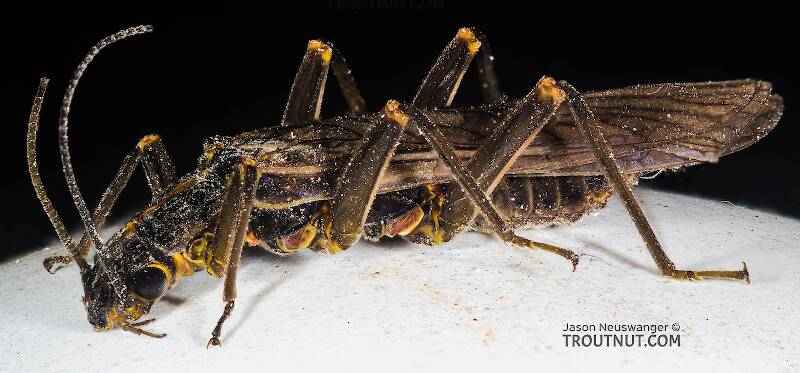
Blue-winged Olives
Baetis
Tiny Baetis mayflies are perhaps the most commonly encountered and imitated by anglers on all American trout streams due to their great abundance, widespread distribution, and trout-friendly emergence habits.
Featured on the forum

Troutnut is a project started in 2003 by salmonid ecologist Jason "Troutnut" Neuswanger to help anglers and
fly tyers unabashedly embrace the entomological side of the sport. Learn more about Troutnut or
support the project for an enhanced experience here.
By Troutnut on August 1st, 2020
I fished from 7:30 am to 2:00 pm in the area I had hoped to fish the night before, if I hadn't see too many vehicles. I was the first one there, but a couple other guys arrived soon. I walked pretty far from the parking area, and I started fishing. upstream. I worked upstream with dries and nymphs, seeing no early action, but spooking a few good fish. Finally I saw one before it saw me, and I successfully targeted it with a perdigon-like nymph ("Spanish Bullet") under an indicator. That was the beginning of a great morning chasing big cutthroat.
My uncanny success with a nymph made for tight-line or Euro nymphing, despite using it on my usual 5-weight with a typical indicator, motivated me to finally give my new Euro nymphing rod and reel a try at my evening stop, the Big Lost River near Mackay, Idaho. I left my normal rod in the car and walked a good distance down to the river, committing to flailing around with the new technique and seeing what happens. Some good fish were rising, and nothing was touching my nymphs. I tied on a dry, flailed it around on the end of a very long leader of lightweight monofilament, and somehow managed to fool a 15" rainbow. Interesting way to inaugurate the new rod!
My uncanny success with a nymph made for tight-line or Euro nymphing, despite using it on my usual 5-weight with a typical indicator, motivated me to finally give my new Euro nymphing rod and reel a try at my evening stop, the Big Lost River near Mackay, Idaho. I left my normal rod in the car and walked a good distance down to the river, committing to flailing around with the new technique and seeing what happens. Some good fish were rising, and nothing was touching my nymphs. I tied on a dry, flailed it around on the end of a very long leader of lightweight monofilament, and somehow managed to fool a 15" rainbow. Interesting way to inaugurate the new rod!
Photos by Troutnut from Mystery Creek #237 and the Big Lost River in Montana and Idaho
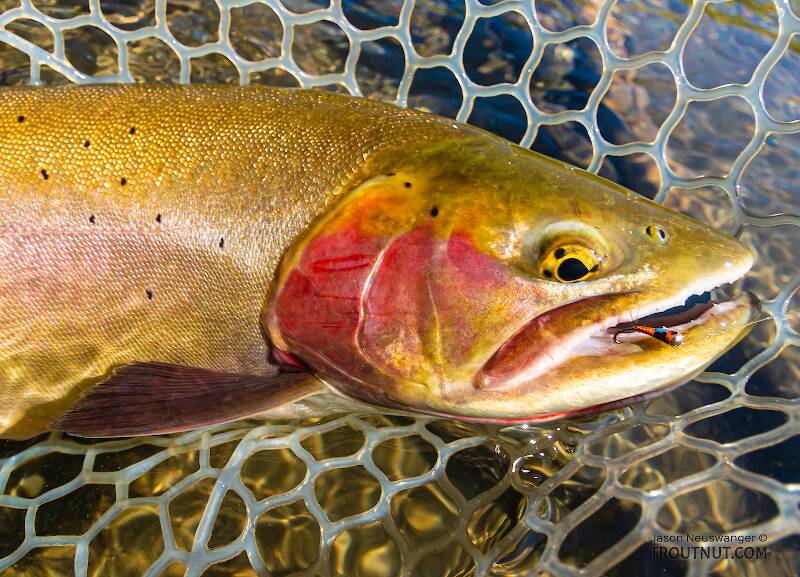
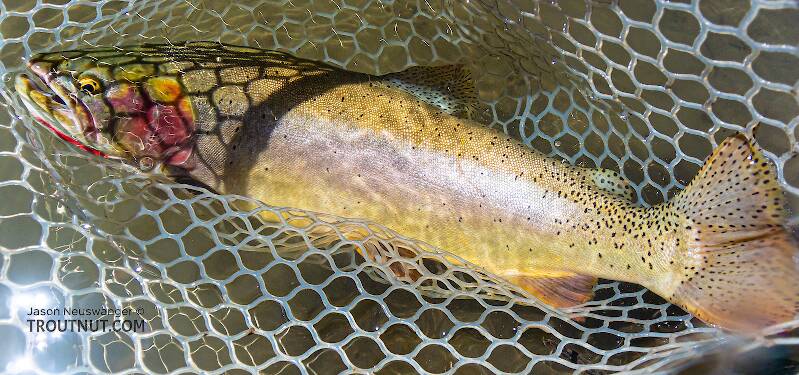
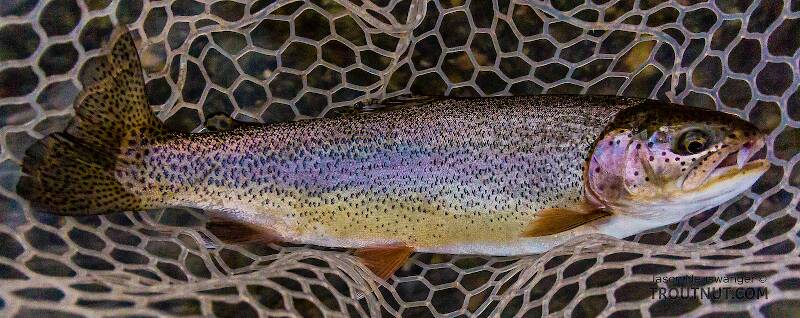

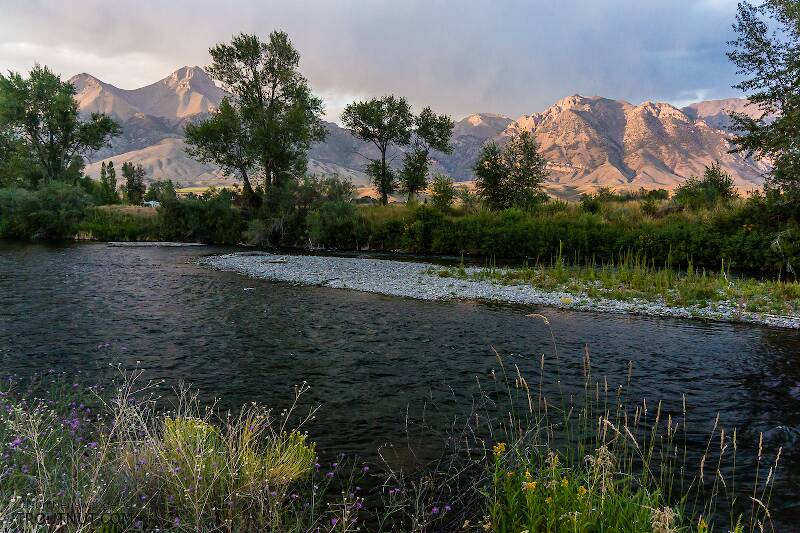
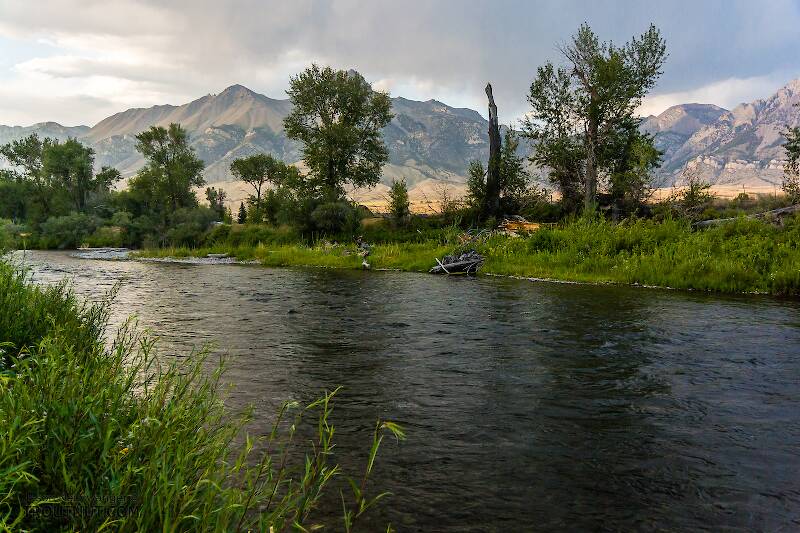






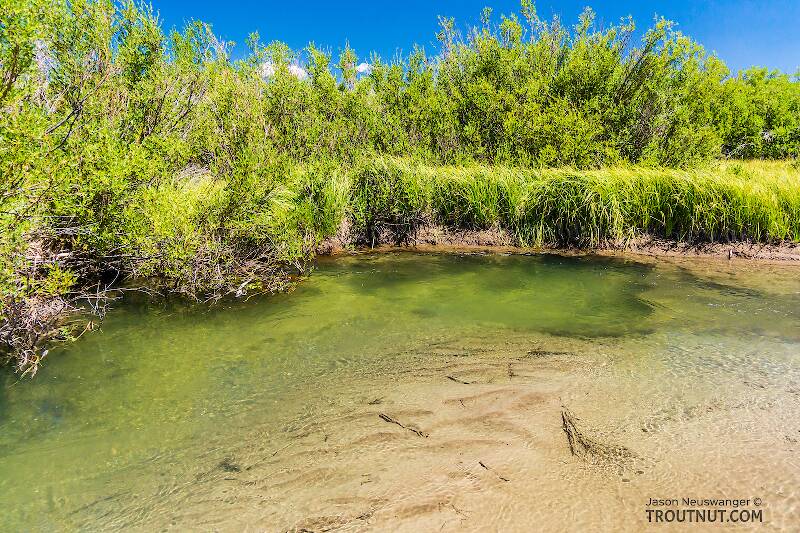



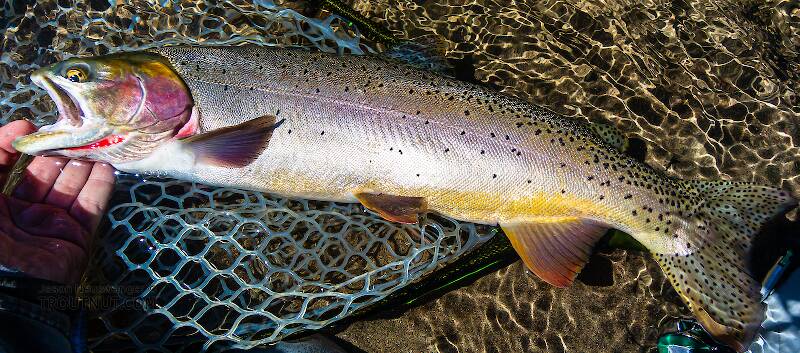



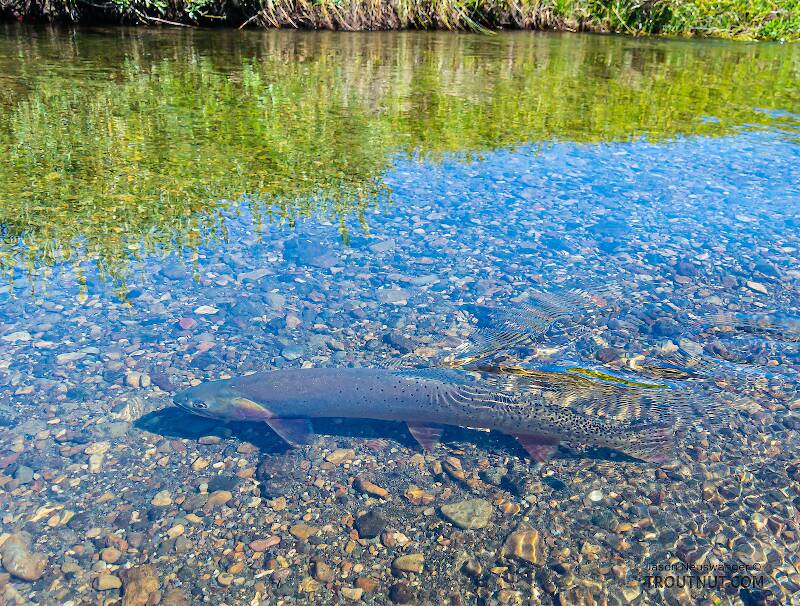
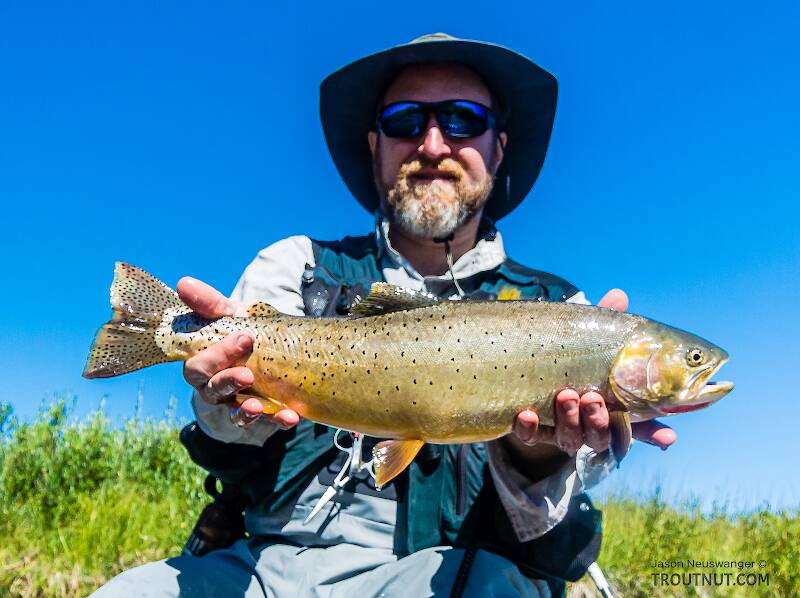
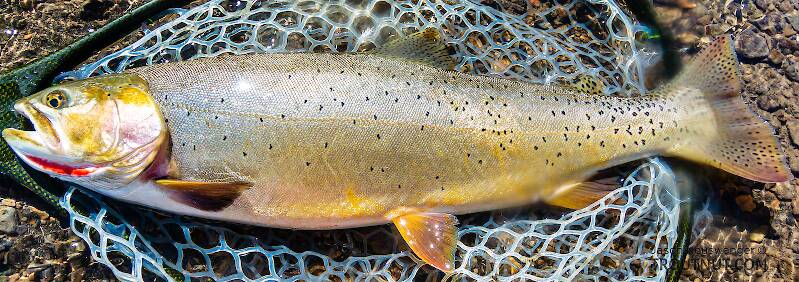
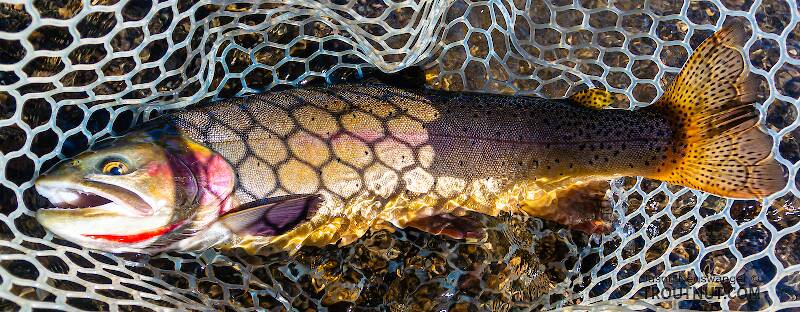



Closeup insects by Troutnut from the East Fork Big Lost River in Idaho
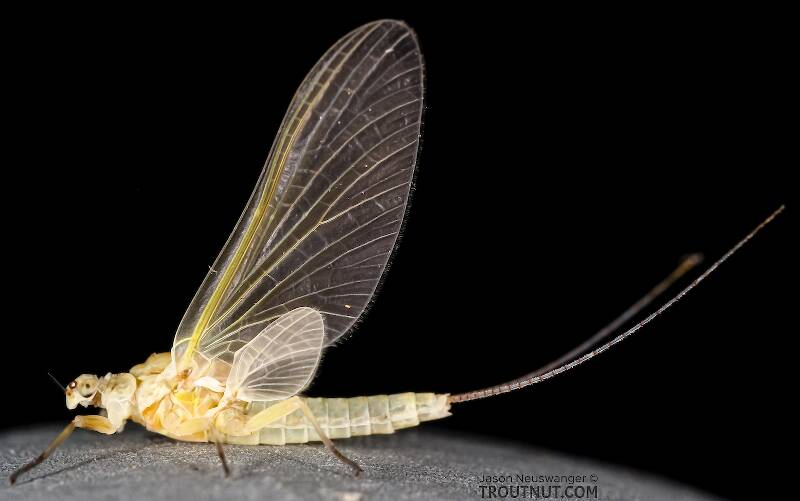
This "specimen" is actually two different duns, one missing the middle front and back left legs, the other missing the terminal filament i.e. middle tail. I added them together by accident, but since they're the same species, stage, and gender, I might as well leave them together.
Quick Reply
Related Discussions
Topic
Replies
Last Reply
7
Sep 27, 2007
by RleeP
by RleeP


